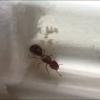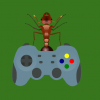I figured I should make a journal of this colony since I haven’t seen anyone else documenting this species on Formiculture. I often see Dorymyrmex bureni at the beach, but I’ve never been able to find a queen. Fortunately, State Side Ants put some colonies up for sale a few weeks ago, and I immediately bought a colony. They arrived in good condition with around 15 workers! So far, they’ve been extremely sugar happy and have taken to small insects. I’ve given them flies, termites, and cricket legs. They are also the fastest ants I’ve ever kept. I had to set them up with an outworld after my first feeding when they ran out of the tube.
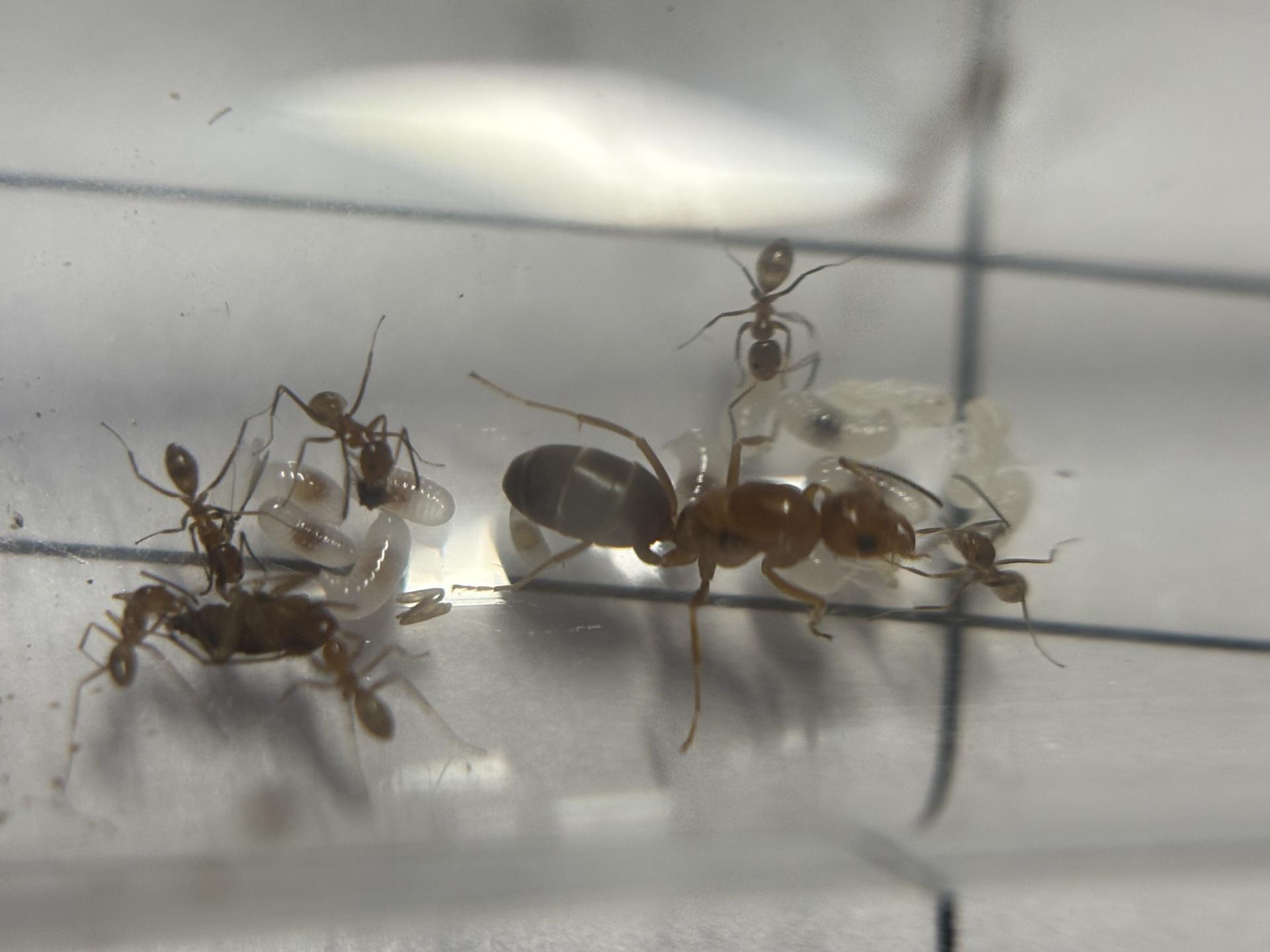
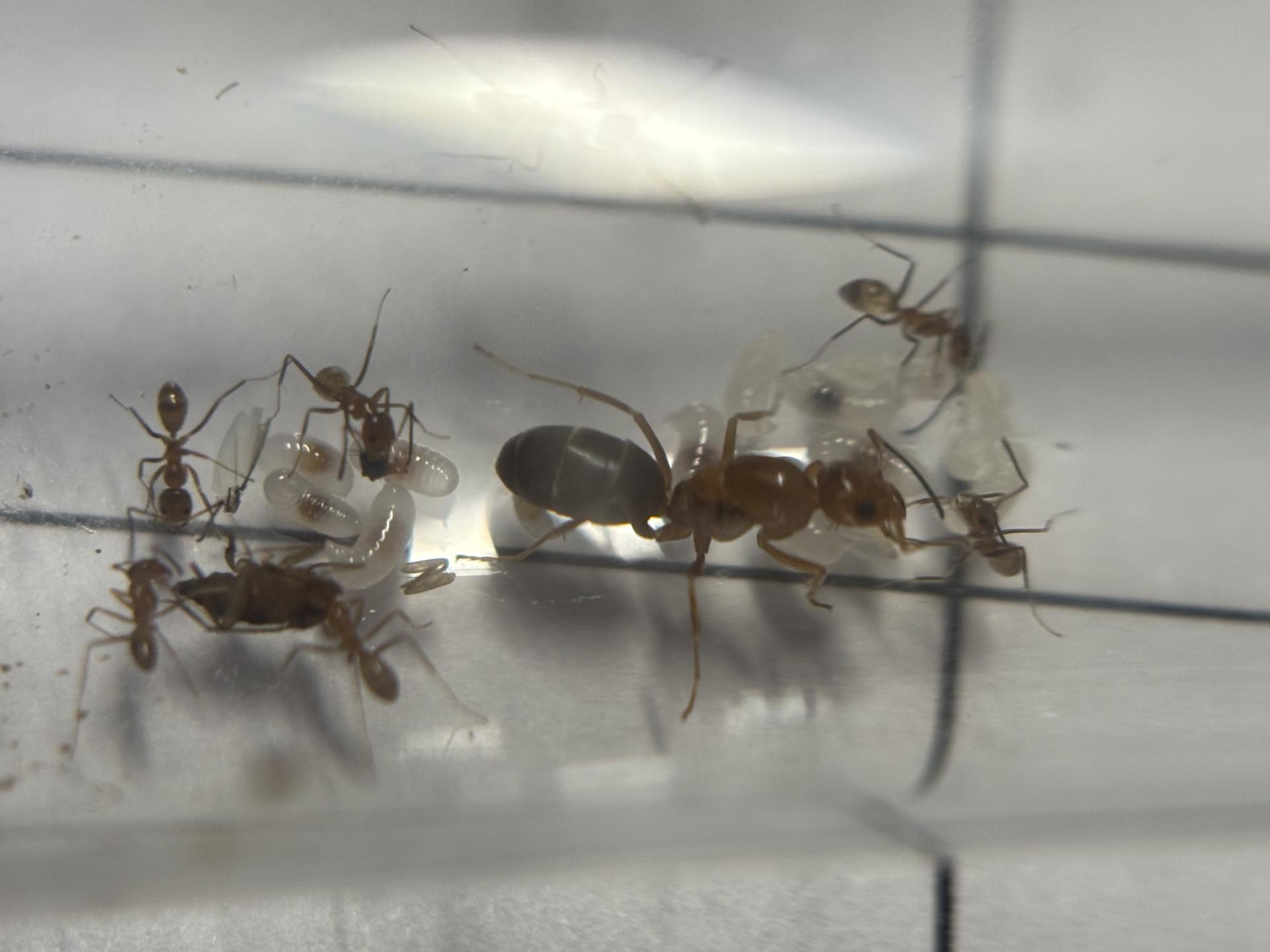
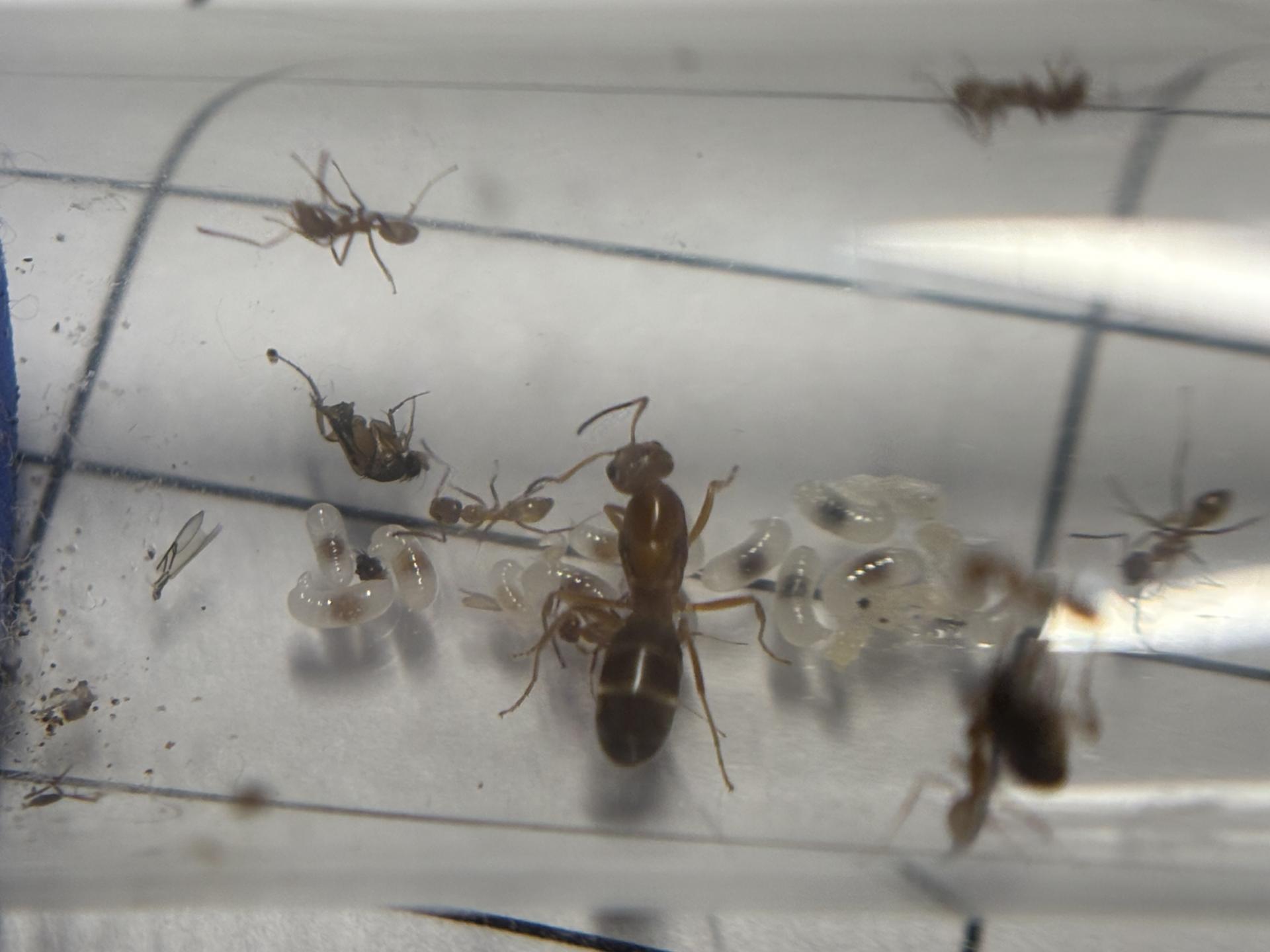
Edited by AntBoi3030, July 31 2025 - 11:23 AM.

